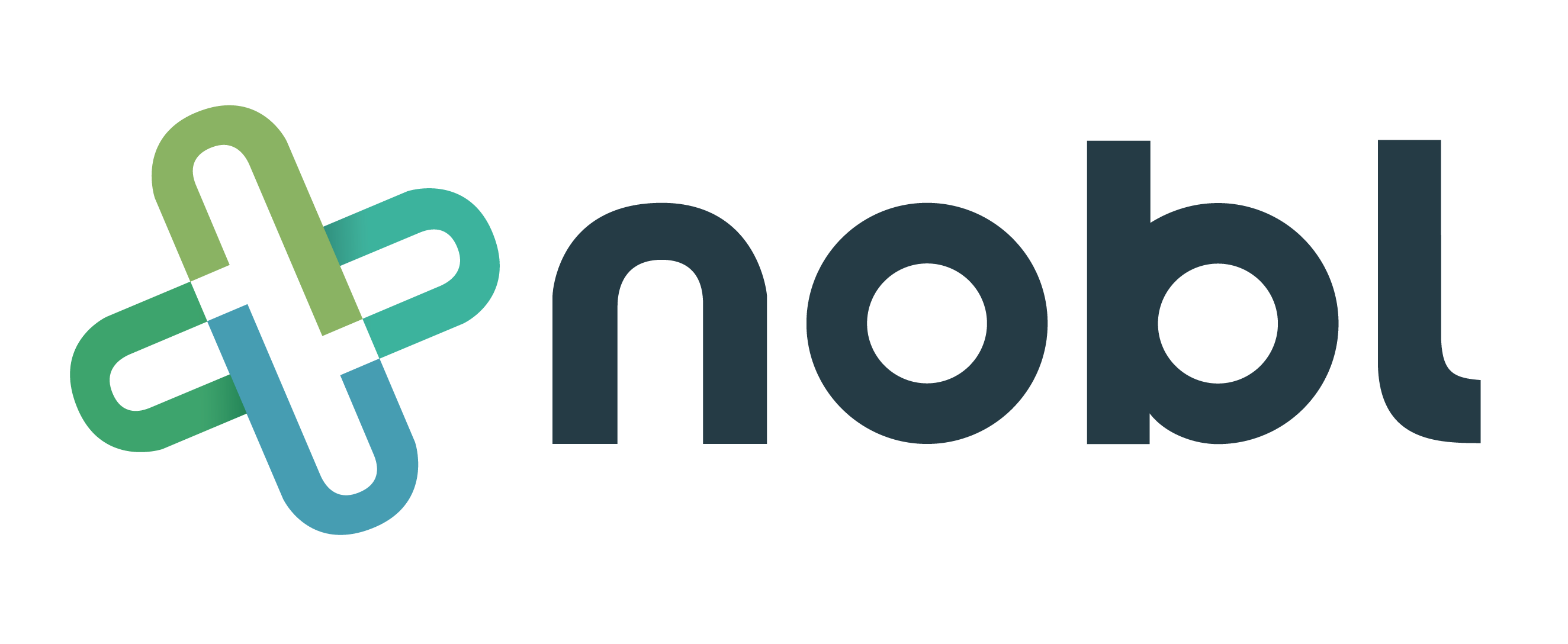
4 min read
How to Perform Leadership Rounds on Patients in a Clinic Setting
Nobl Health Mar 30, 2022 7:28:00 AM
Leadership rounding on patients is a common tactic in acute care hospitals as a way for leadership to understand their patients’ experiences as they are happening and to positively influence the perception of their care. While there is a plethora of literature and case studies describing how successful implementations of the leadership rounding have worked in hospitals, there are less resources on the web about how this practice could be applied to patients in a clinic setting. Similar to hospital leadership rounding, clinic based leadership rounding can impact patient satisfaction and loyalty with the clinic or provider. The following clinic settings are prime locations for leadership rounding: specialty clinics, primary care practices, clinics with recurring, outpatient dialysis centers, outpatient rehabilitation centers and cancer treatment facilities.
Clinics already receive some CAHPS feedback but similar to HCAHPS this is a lagging measure of experience and not every patient receives and completes a survey. Leadership rounding in a clinic setting or physician office can increase the amount of feedback the clinic receives and give leadership an opportunity to address issues in real-time with the patient face-to-face.
Who can complete rounds?
Clinic managers that oversee daily operations of the clinic or outpatient facility are ideal users for leadership rounding. If the operation of the clinic is large enough to have a shift supervisor or lead nurse, they could also take on the responsibilities of leadership rounding.
What patients should you round on?
Patients that have a history visiting the clinic make for ideal candidates to round on as they will have had multiple touchpoints with the practice and can provide more extensive feedback to the rounder. Consider altering the rounding process for first time visits to inquire about first impressions and to educate about the practices of the clinic like the EMR portal, online scheduling, telehealth visits and after hour nurse triage phone line.
When do you round on clinic patients?
There is a narrow window of opportunity to round on patients in a clinic setting since their length of stay in the facility is drastically shorter than an inpatient stay. As with any leadership rounding practice, the leader should consider when the ideal time for the patient would be and not just consider when they can perform the round. Clinic leaders should plan out their day by reviewing the roster of scheduled appointments and consider categorizing patients by those that are repeat patients and those that are new. To perform rounds in a clinic setting the leader must be vigilant and understand the flow of patients to catch them at the right moment in their care experience in order to round.
Where to round on patients in a clinic practice?
1. Round on the patient prior to them seeing the provider
The ideal window is to visit the patient when they are in the privacy of their treatment room after they have been triaged by the nurse and before they have seen the provider. Often, this is a time period that seems the longest by patients and leadership rounding can be a way to pass the time. This situation works best if the patient has had previous experience in the facility
before, otherwise, a welcome type round would need to take place as the patient hasn’t had a full care episode within the clinic yet.
2. Round on the patient after they have seen the provider
Another option would be to round on the patient briefly after they have seen the provider. The typical workflow is for the patient to be escorted out of the room by the provider once they have been seen. If a round is going to take place, the practice manager should communicate with the provider to ask if the patient has a few minutes to provide some feedback about the clinic before they leave.
3. Round on the patient in the waiting room
It is not advisable to round on the patient in the waiting room to openly seek their feedback if there is no privacy. We want the patient to feel comfortable expressing their opinions about the clinic and they may not feel comfortable in front of others in the public waiting room. However, the practice manager could use the waiting room as an opportunity to welcome the patient to the clinic and educate them on the practices and convenience features the clinic offers like same day scheduling, online portal and virtual visits.
How to perform the leadership round in the clinic:
While the logistics of rounding on patients in a clinic setting are quite different than the inpatient setting, the actual process of leadership rounding follows a similar framework to inpatient rounding best practices.
-
Begin with an introduction and explanation of rounding
-
Introduce yourself as a the manager of the clinic
-
Share that you want to visit with them about their experience with the clinic and get their feedback about how they can improve
-
Ask them if they have a few minutes to talk
-
-
Ask 2 focus questions that relate to CAHPS key driver questions
-
Key drivers are individual questions that have the highest correlation with the overall rating score
-
When patients answer positively to these questions the clinic can have the biggest improvement to the overall rating score
-
Create rounding questions that inquire about CAHPS questions but do not directly ask the CAHPS questions
-
-
Ask about overall experience at the clinic
-
Consider asking them if there is anything else overall we can do to improve their experience at the clinic
-
This type of question should prompt any concerns and issues that the patient wishes to express
-
If they share only positive remarks then conclude the round by asking if there is anyone who works in the clinic that has made their experience better
-
-
End with thanking the patient for their feedback
-
Thank the patient for spending a few minutes to give their feedback
-
-
Document your leadership round
-
Utilize a digital leadership rounding platform to capture the valuable voice of the patient and to keep track of their feedback
-
Inputting data into a leader rounding tool will allow you to easily identify trends over time for performance improvement
-
The key to a successful implementation of leadership rounding in a physician office is to evolve the process as you do it more. Start with the main points in this article but be open to adapting the practice to meet the needs of your patients and the flow of your clinic. Like inpatient leader rounding I anticipate you will find joy in the practice of talking with patients, building relationships with your loyal patients and using the data to make improvements to your clinic.
Written by Katie Haifley, CPXP, Co-founder and COO/CMO Nobl
New Free eBook
Best Practices for Sharing and Reviewing Data from the Nobl Rounding Platform
Beryl Institute Case study
Improved First Impressions at Your Front Door - Patient Ambassador Rounders Enhance the Patient Experience of a Busy Emergency Department
Recent Posts

Five Key Factors to Consider in Pediatric Leadership Rounding



